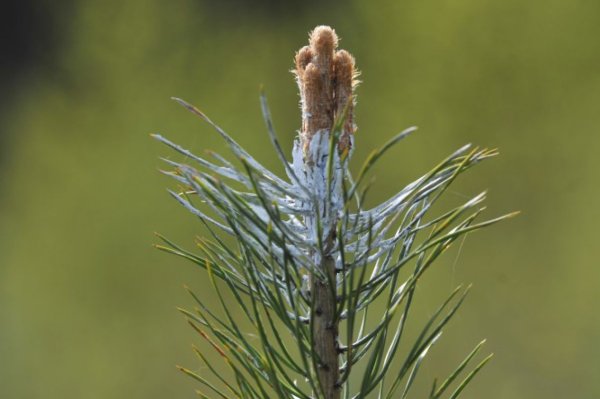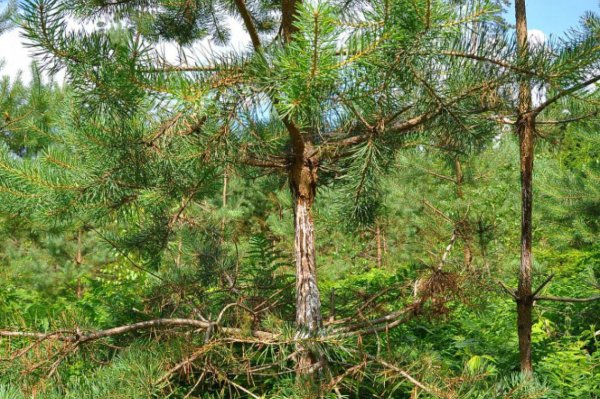A New Memorandum for Game Animal Damage Reduction
In May, JSC "Latvia's State Forests" (LVM) and other foresters' and hunters' organisations signed a new version of the memorandum "On Mutual Cooperation for Game Animal Damage Reduction". A number of significant changes have been introduced; however, the fundamental objective has remained the same - to combine the interests of hunters and foresters to grow high-quality forests with larger numbers of game animals.
The objective to encourage changes to forest management practices through the introduction of techniques that focus on reduction of damage caused by cervids should be mentioned as one of the novelties.
"One of the techniques foresees preservation of a feed base for animals - namely, in tending young stands, deciduous trees (willows, mountain ashes, oaks, aspens, etc.) that do not interfere with the growth of the target species should be preserved. By providing an additional food base, cervids will cause less damage to the target trees. This principle may also be followed in selective felling. Thinning of the target species can be started later - the higher the density in a young stand, the lower percentage of damaged adult trees," says Guntis Ščepaniks, Head of LVM Forest Infrastructure and Hunting.
In the picture: young growth damage caused by cervids
The new version of the Memorandum includes the following foresters' interest: to maintain the average amount of intact pine trees in young growths at a level of at least 70 %, when the trees reach 5-7 metres in height. This objective makes it possible to grow high-quality forest trees to the clear-felling age without any animal damage, so the trees are protected from microbial-induced staining of wood, and later also from rot.
The Memorandum also includes objectives to strengthen the mutual respect between the parties involved. These include foresters' responsibilities, such as maintaining the hunting infrastructure in performing forest management activities, while hunters obligations provide that hunting infrastructure may not be set up in locations where it may interfere with forest management or forest protection works.
As an essential complement to the Memorandum, guidelines have been updated for the cervidae population management and for the reduction of damage caused to forest stands. On the basis of these guidelines, proposals will be submitted for changes to be introduced in laws and regulations. "This necessity has emerged because the existing system needs improvement, namely, there is no certainty about the compliance of the currently used method for animal tracking and determination of the hunting volumes with the today's actual requirements," says Guntis Ščepaniks.
The new version of the Memorandum provides that all parties meet annually and assess their progress, as well as address matters related to cooperation between the parties for further promotion of common work and development. Guntis Ščepaniks is convinced that "Only through mutual cooperation and negotiations, it is possible to grow a productive, high-quality and healthy forest, at the same time ensuring the availability and quality of game animals".




